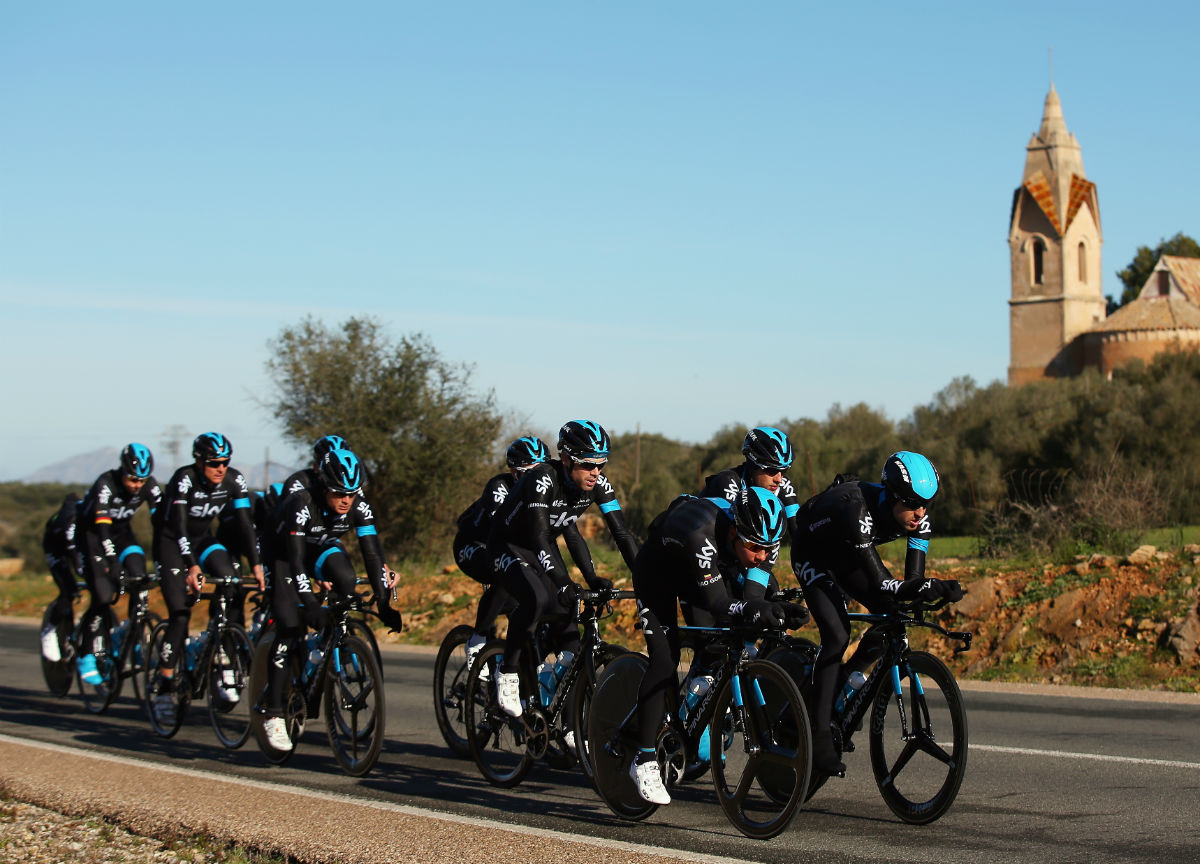Under pressure
-
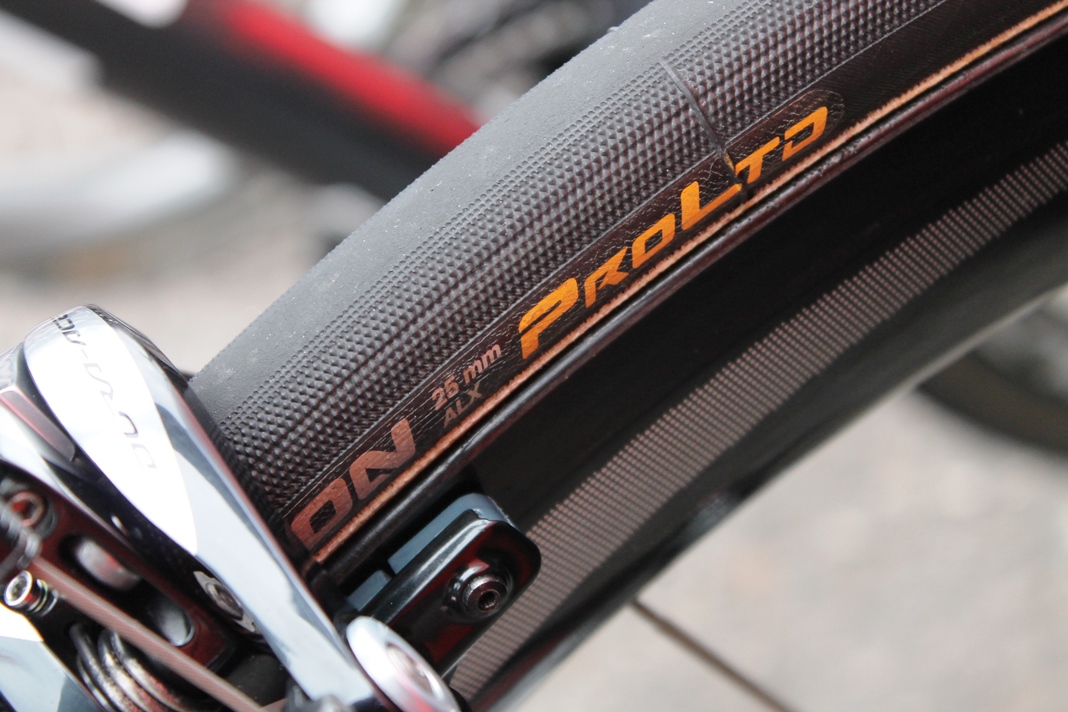
Wider, 25mm tyres are commonplace in the pro peloton - what does that mean for the rest of us?
-
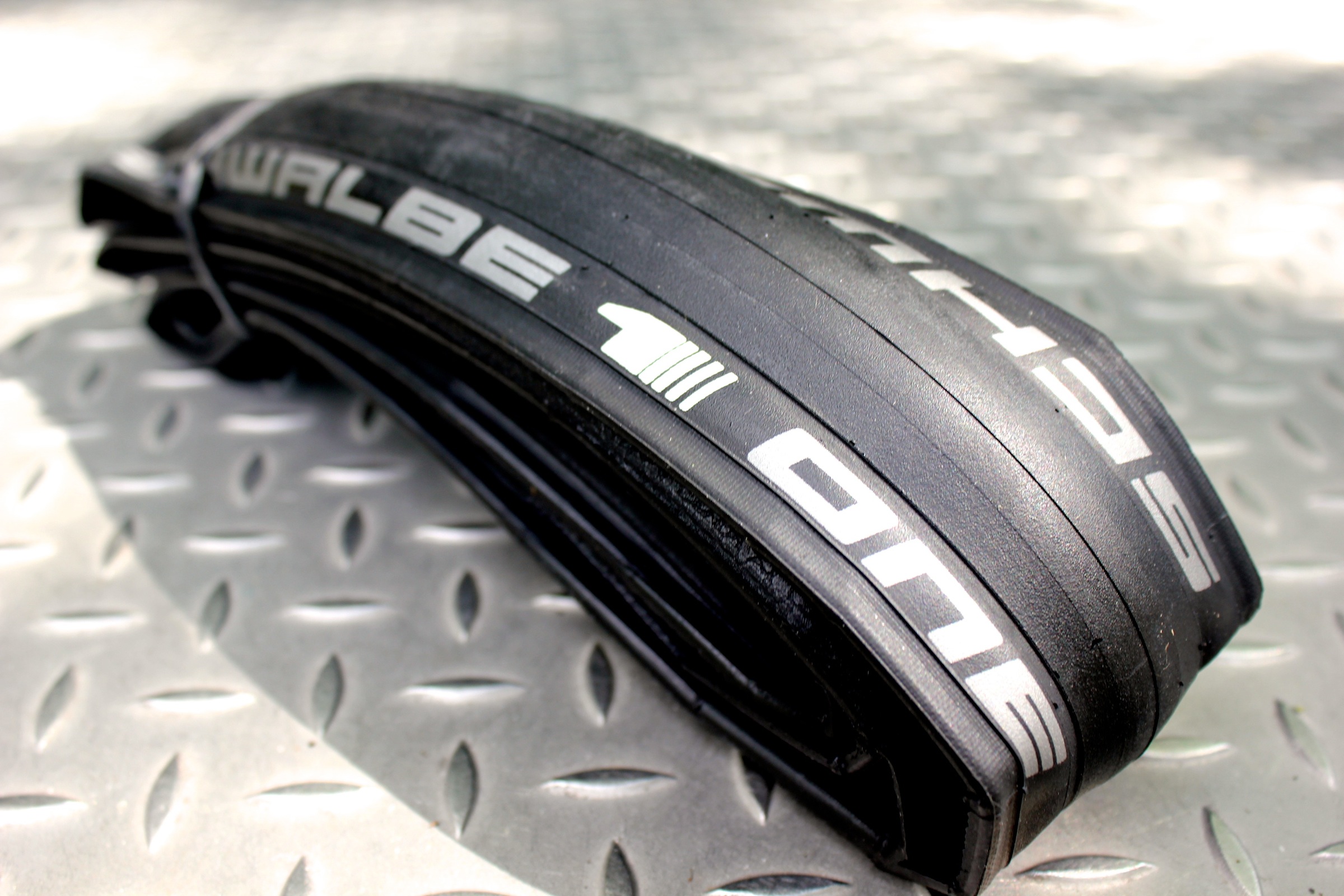
The One is German firm Schwalbe's flagship road tyre
-
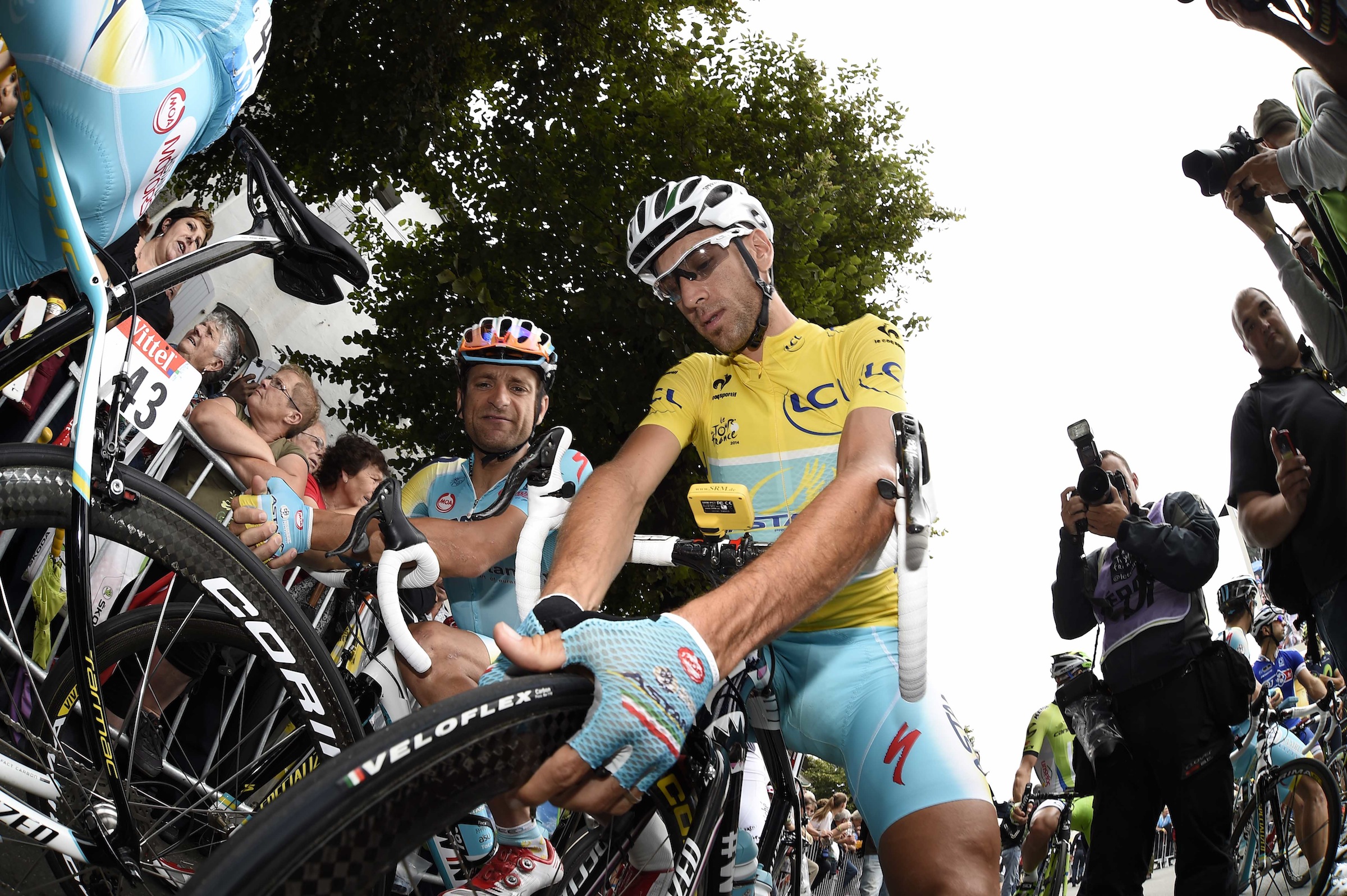
The old-school thinking that a narrower tyre is automatically faster has been flipped on its head (Pic: Sirotti)
-
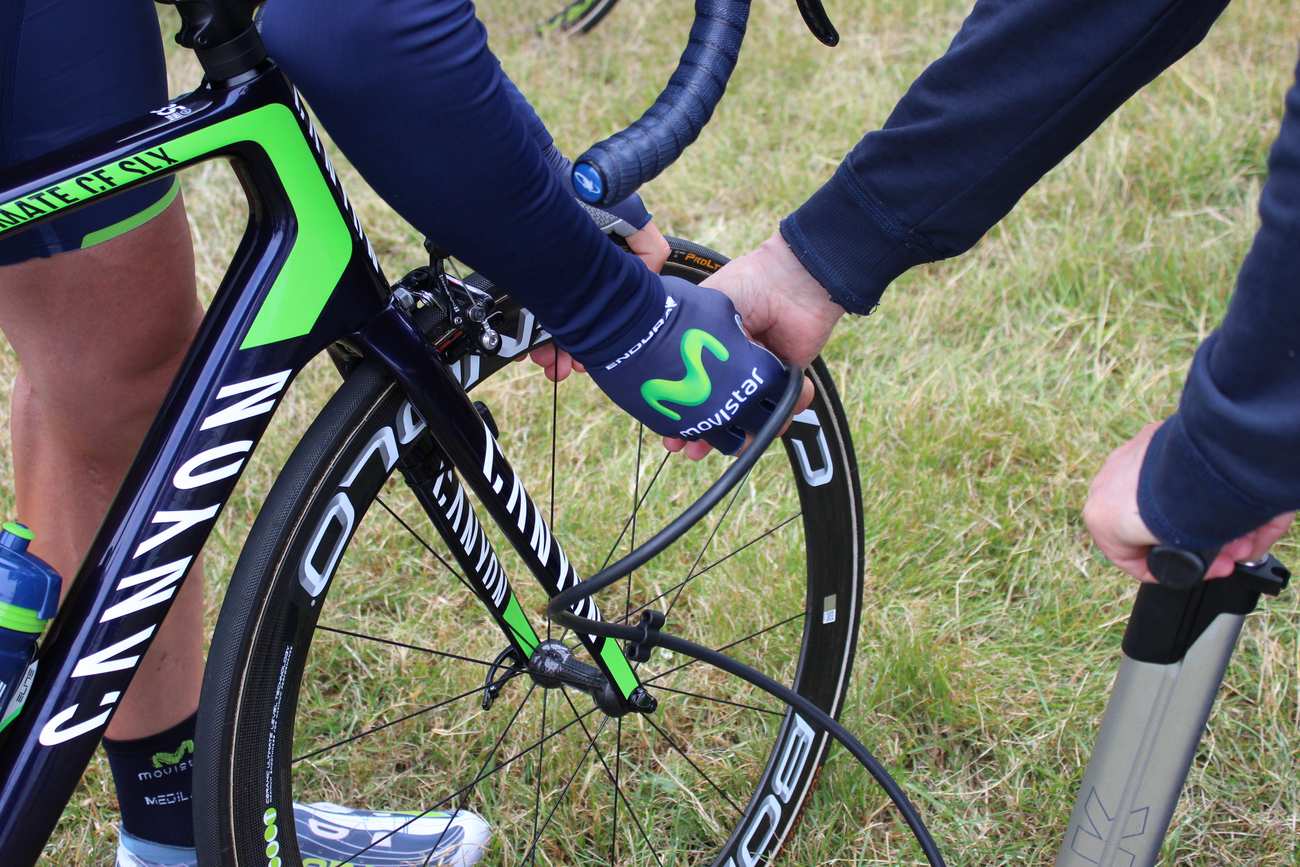
Tyre pressures are considered closely guarded secrets by professional riders and mechanics
-
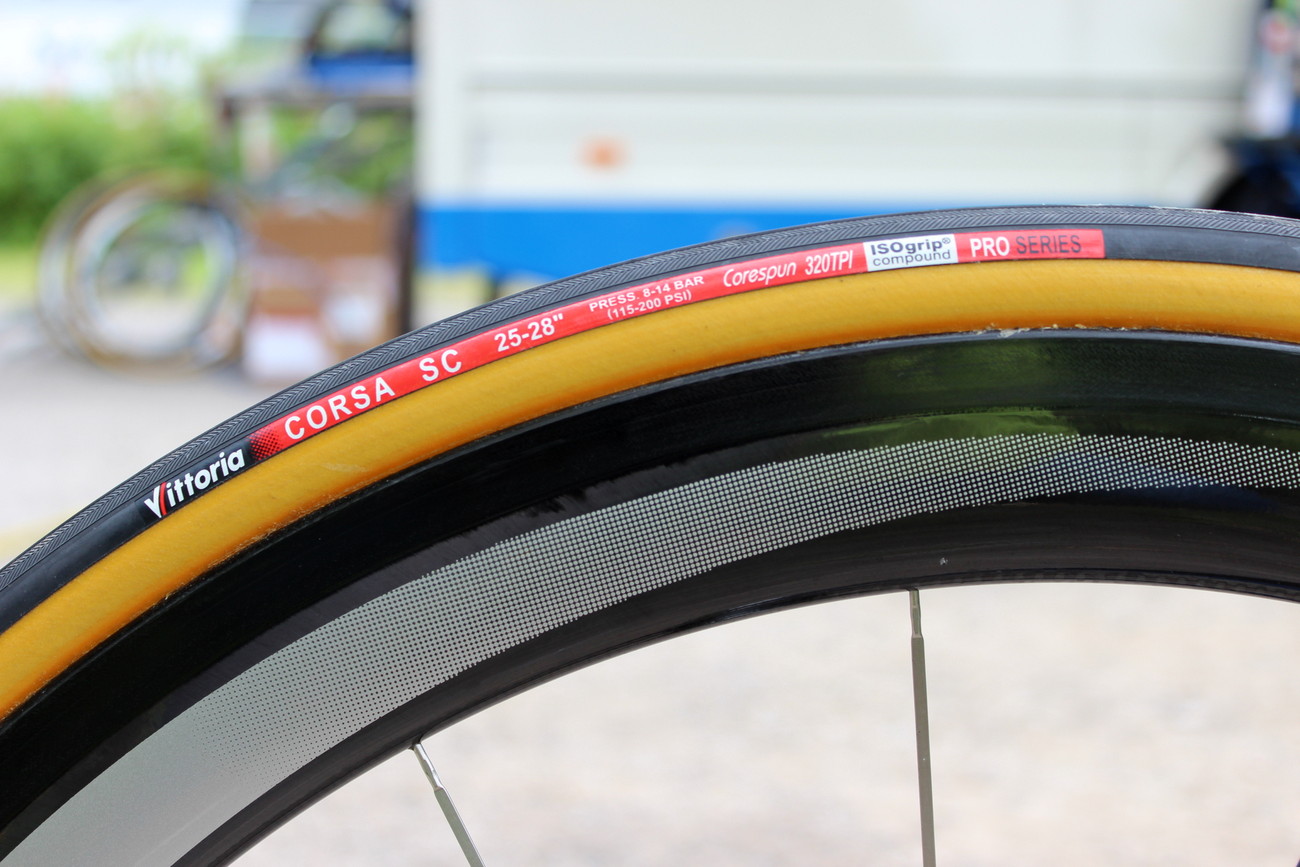
25mm tyres are increasingly popular with pros and amateurs alike thanks partly to the improved ride quality
Under pressure
A wider tyre allows for more flexibility in regard to air pressure, giving the rider more room to experiment in order to strike the balance of performance characteristics that best suit them.
Tyres are made out of rubber and are therefore flexible (if we’re stating the obvious then stick with us!), so the shape and characteristics of a tyre will change when moving, as opposed to when static. This has an effect on tyre footprint, and this is determined by the load placed upon the tyre – that, essentially, is you.
25mm tyres have been tested and proven to perform equally as well as 23mm tyres, but at lower air pressures. The advantage of dropping the air pressure is that it allows us to enjoy a more comfortable ride experience and potentially improved handling characteristics. The larger air chamber of a wider tyre also allows you to drop the pressure without increasing the risk of pinch flats.
Going back again to the Tour magazine test; a stunt rider rode faster and faster into the same wet corner until the tyres finally lost their grip. The speed achieved before giving way acted as the measurement of grip on the wet tarmac. Although tyre width was less conclusive on this section of the test, it was deemed that a wider tyre might affect greater stability and grip on a more uneven surface. That’ll be British roads, then.
Drop the pressure and the softer tyre is better able to conform to imperfections in the tarmac and the shorter but wider contact patch of a fatter tyre can also improve handling stability, particularly when paired with a wide rim.
In case you missed it, the recommended pressures for your tyres are given on the sidewalls of your tyres and are normally given in both bar readings and PSI. You should never exceed the recommendations, but in there somewhere is the sweetspot of speed, comfort, grip and handling that every rider can find.
A lighter rider can get away with less air pressure than a heavier rider, therefore some experimentation is required to find your Goldilocks zone of rider comfort and handling without risking pinch-flats. Tyre pressures are important for many reasons and pro team managers and mechanics guard their squad’s tyre pressures like national treasures, particularly on the cobblestones of Paris-Roubaix, where striking the balance of speed, comfort, handling and puncture protection can be the difference between winning and losing.
One thing is for sure, and that is a wider tyre ridden at a lower pressure affords a greater level of comfort without losing out in the performance stakes – and that has to be a good thing. If we’re comfortable on our bikes and not being beaten around, it stands to reason that we’ll ride for longer with less fatigue. Now let’s consider any aerodynamic impact.

